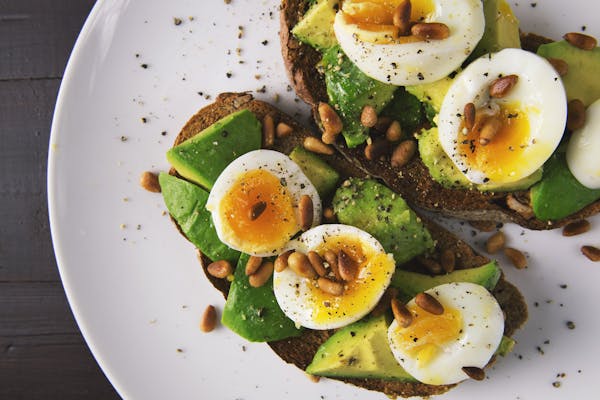
Food intolerances can be a challenge to
navigate, especially when it comes to finding
the right balance of nutrients in your diet.
Histamine intolerance is a condition in which
the body has difficulty breaking down
histamine, a naturally occurring compound
found in many foods. This can lead to
symptoms such as headaches, hives, and
digestive issues. While many people with
histamine intolerance may need to avoid
certain high-histamine foods, there are still
plenty of healthy fats that can be included in a
low-histamine diet. Here are some examples:
Avocado: Avocado is a great source of healthy
fats, including monounsaturated and
polyunsaturated fats. It’s also low in
histamine, making it a great option for those
with histamine intolerance. Avocado can be
used in a variety of ways, including as a
spread on toast, added to salads, or blended
into smoothies.
Coconut oil: Coconut oil is a popular cooking
oil that’s rich in medium-chain triglycerides
(MCTs). MCTs are easily digestible and can
provide a quick source of energy for the body.
Coconut oil is also low in histamine, making it
a good choice for those with histamine
intolerance.
Olive oil: Olive oil is another healthy fat that’s
low in histamine. It’s rich in monounsaturated
fats, which have been shown to have
numerous health benefits, including reducing
inflammation and improving heart health.
Olive oil can be used in cooking, as a salad
dressing, or as a dip for bread.
Flaxseed: Flaxseed is a great source of alphalinolenic acid (ALA), an omega-3 fatty acid
that’s important for heart health. Flaxseed is
also low in histamine and can be added to
smoothies, oatmeal, or baked goods for a boost
of healthy fats.
Walnuts: Walnuts are another source of
healthy fats, including omega-3 fatty acids.
They’re also low in histamine and can be eaten
as a snack or added to salads and oatmeal.
It’s important to note that while these foods
are generally low in histamine, everyone’s
tolerance levels are different. If you have
histamine intolerance, it’s a good idea to keep
a food diary to track your symptoms and
identify any trigger foods. Additionally, it’s
always a good idea to consult with a
healthcare professional or registered dietitian
before making any major changes to your diet.
By including these healthy fats in your lowhistamine diet, you can help support your
overall health while managing your
symptoms.